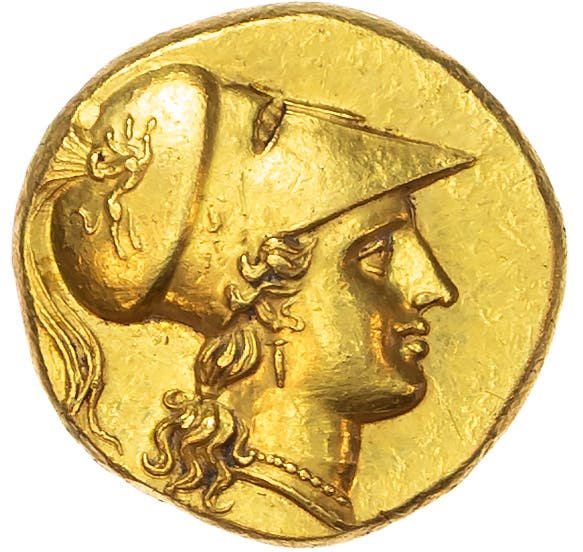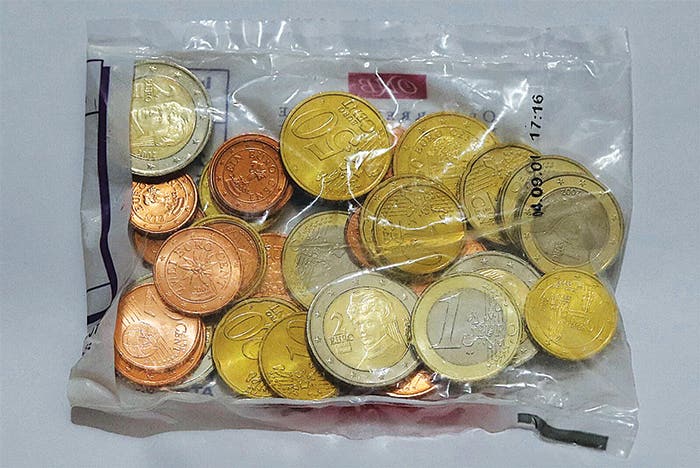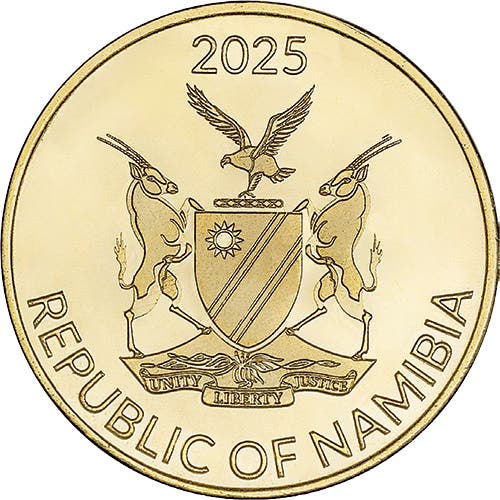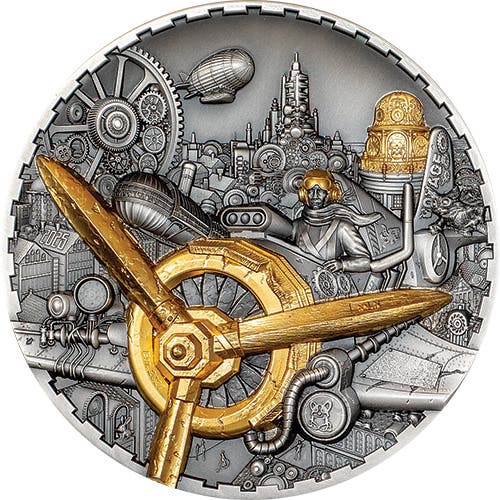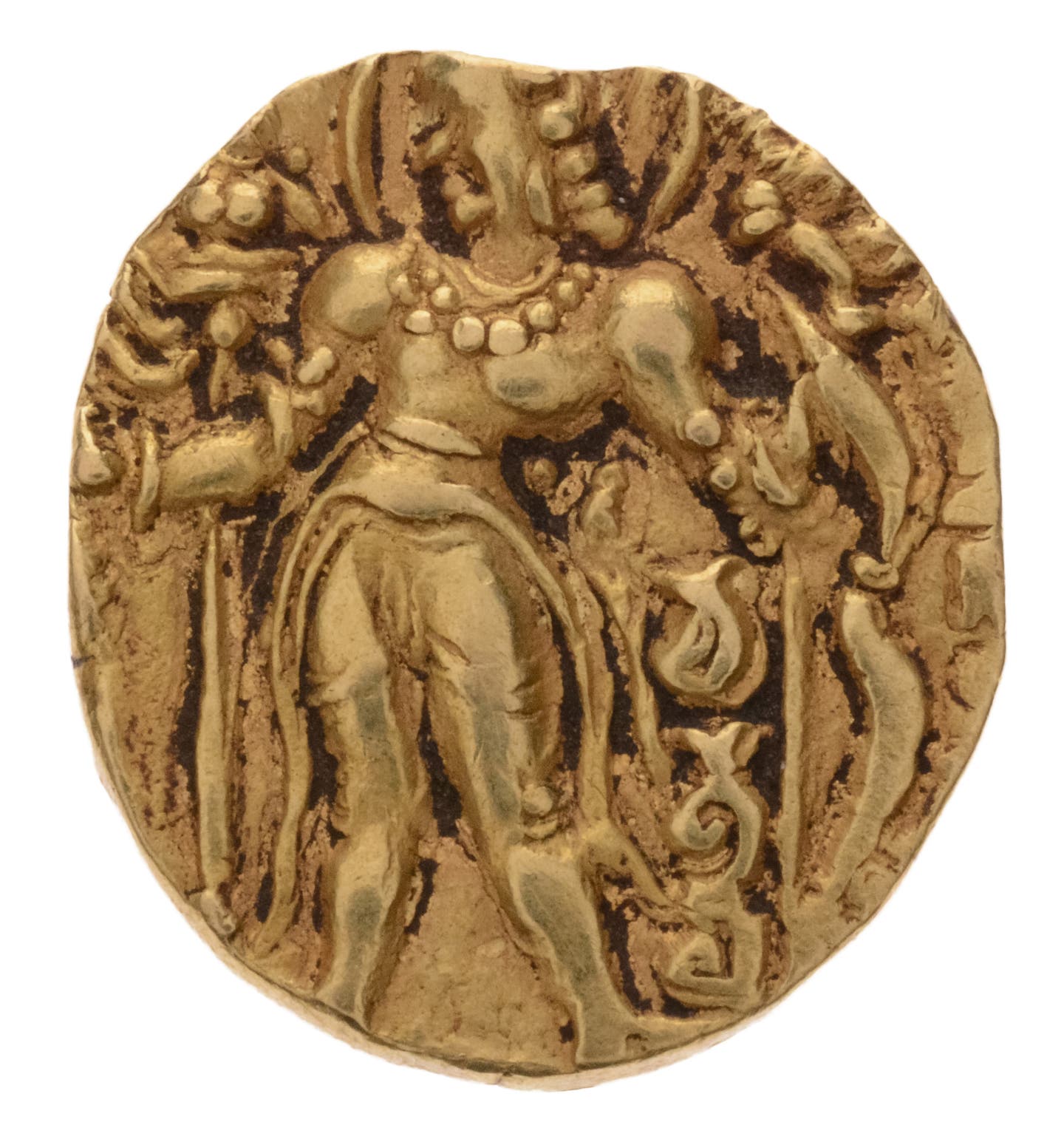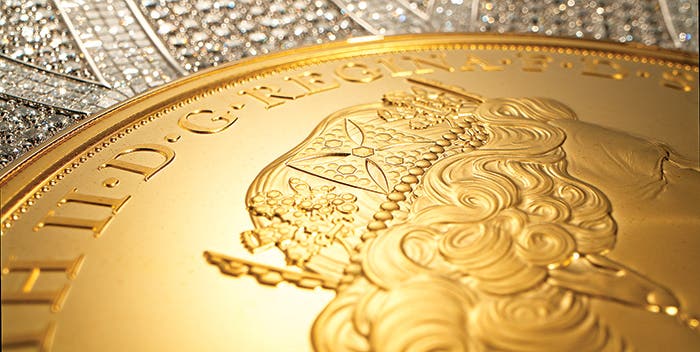Randall Hoard stories mostly untrue
A coin does not have to be rare to be interesting, and this is the case with the 1820 large cent. If you look at the price of the 1820 today, an MS-60 is $300 and behind that price is a great story. Normally, especially when talking about the 1820s, the early dates of the type tend to be tougher to find and more expensive, especially in Mint State. That is not the case with the 1820 and to find much of the reason for this, we need to go back to Georgia around 1869.
A coin does not have to be rare to be interesting, and this is the case with the 1820 large cent. If you look at the price of the 1820 today, an MS-60 is $300 and behind that price is a great story. Normally, especially when talking about the 1820s, the early dates of the type tend to be tougher to find and more expensive, especially in Mint State. That is not the case with the 1820 and to find much of the reason for this, we need to go back to Georgia around 1869.
Actually we need to go back even further as at some point in time an unknown person or persons assembled a hoard of large cents. Most, if not all, were apparently uncirculated.
Around 1869 there was a rather lively debate in numismatic publications of the time involving large cents from around 1816-1820. Accurate information was much tougher to come by than the coins themselves, but eventually the fellow offering the coins, John Swan Randall, tried to clear things up. The Randall Hoard, as it became known, was supposedly found buried in a keg under a railroad platform.
Over the years there has been a lot written about the Randall Hoard, and unfortunately most of it appears to be wrong. In an 1870 letter reprinted in Q. David Bowers’ American Coin Treasures and Hoards, Randall says nothing about a railroad platform but rather that he bought the coins from a Georgia merchant. Simply put, the famous Randall Hoard was probably not found in the way many believe.
Fortunately we can pretty well figure out some of the dates involved. The 1818 and 1820 are two dates everyone seems to agree were in the hoard.
How can we be sure they were there? The best way to prove it is to look at the numbers. Dates that might have had a few coins in the hoard, like the 1822 large cent, show Mint State totals of 14 at Numismatic Guaranty Corporation and 13 at Professional Coin Grading Service. The 1825 has Mint State totals of 27 at PCGS and 14 at NGC. By comparison, the 1818 has Mint State totals of 296 at PCGS and 288 at NGC. In the case of the 1820, we find totals of 267 at PCGS and 391 at NGC.
The 1820 as well as the 1818 are dates where we clearly have an unusual number of Mint State coins in the market today. It stops a little short of proof, but in order to explain the differences between the dates requires a Randall Hoard or something similar to explain why the 1820 and 1818 are so numerous.
Of course, the characteristics of the 1820 coins from the Randall Hoard are also subject to debate. But the fact remains that they exist and because they do, prices are safely lower than would otherwise be the case. For just $300 you can get a Mint State 1820 cent with a great story – even if you can’t believe most of it.
More Coin Collecting Resources:
• Subscribe to our Coin Price Guide, buy Coin Books & Coin Folders and join the NumisMaster VIP Program




